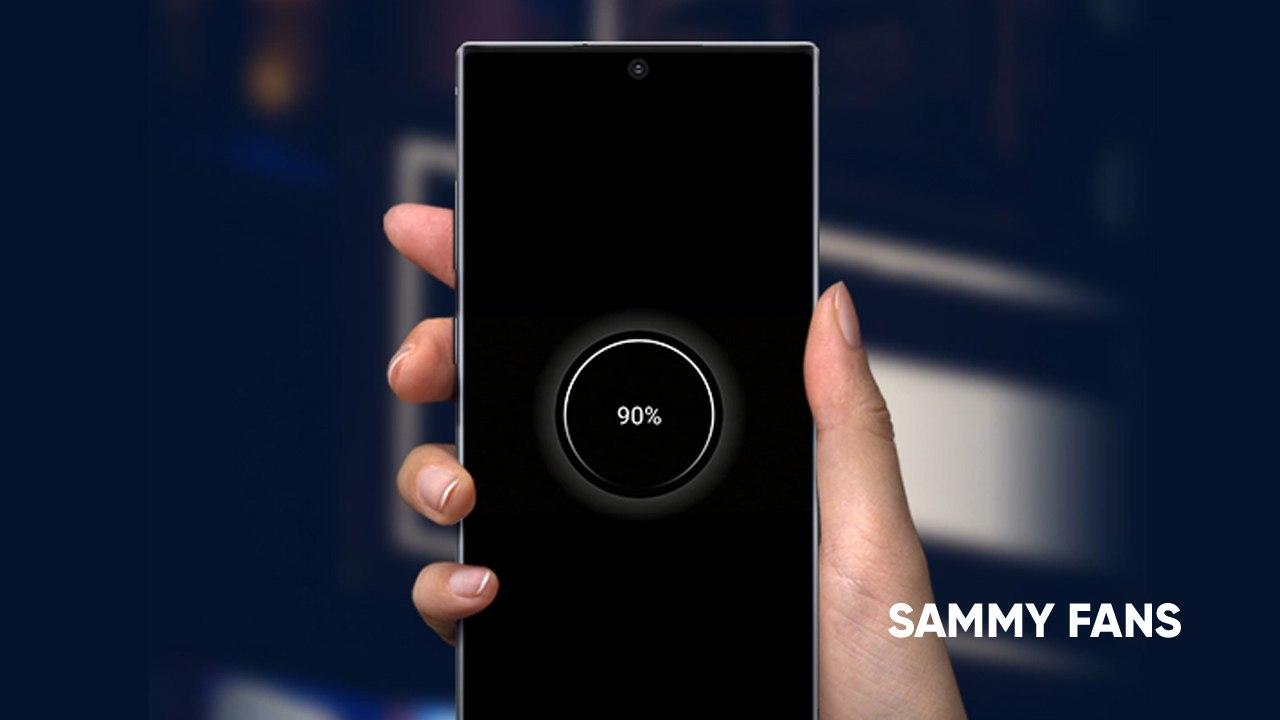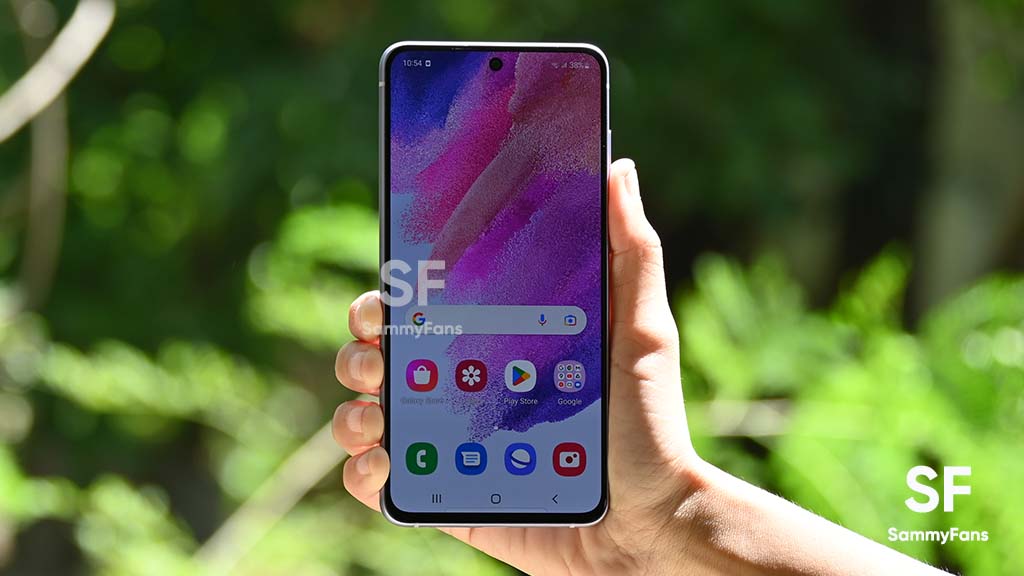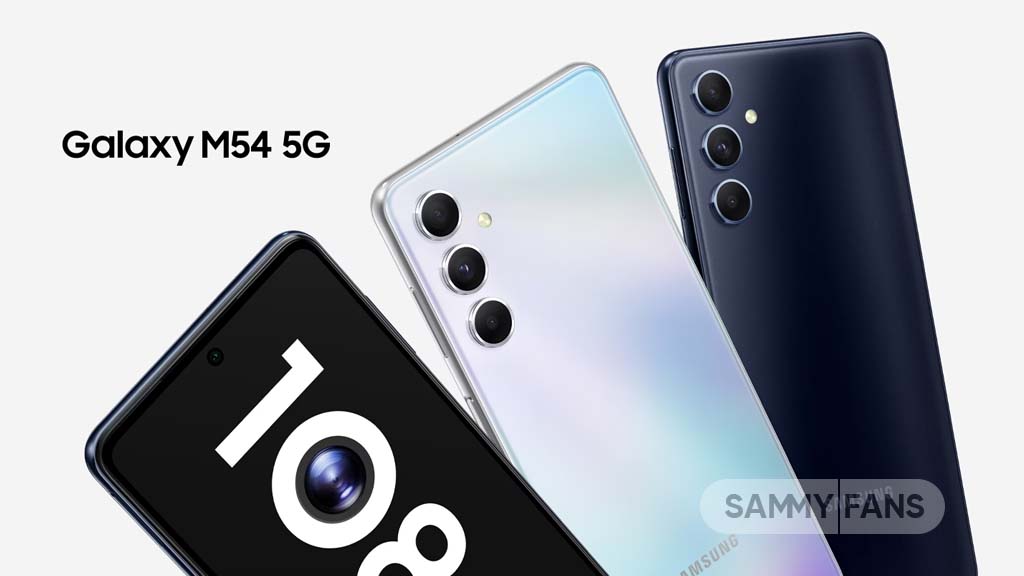
Future Samsung devices might not face battery draining issue by applying this Japanese technology
The most frustrating thing about having a Samsung smartphone is that despite the vast array of technological bells and whistles found on current models, long-term battery life is still an issue that needs to be resolved. Moreover, one of the main reasons why many users are forced to switch their Galaxies every couple of years is battery degradation.
As a result, they need to carry the power banks or charging their devices multiple times a day which somehow spoils the battery after some years of usage. However, it also blasts in some cases! which we already encountered in the past from the Galaxy S7 phones.
Researchers in Japan may have just discovered a solution to this problem
According to the ACS Applied Energy Materials journal, a research team from the Japan Advanced Institute of Science and Technology (JAIST) has been working on a new material that could extend the lifespan of lithium-ion (Li-ion) batteries used in smartphones and other devices also.
In a press release, the team mentioned studying the properties of a new binder for graphite anodes, which form the negative terminals in batteries. These terminals, when combined with cathodes (positive terminals) and electrolytes, all form an ecosystem conducive to electrochemical reactions that are involved in the charging and discharging of the battery.
To prevent the Li-ion batteries from degrading with each use, the binder used is made up of polyvinylidene fluoride (PVDF), which owns multiple qualities making it an appropriate material for long-term use.
After so many days of research and hard work, the team has now identified a new material that could possibly be used as a binder for graphite anodes called a bis-imino-acenaphthenequinone-paraphenylene polymer (BP polymer in short).
This new material offers better power-driven stability and has a number of qualities that immediately prevent graphite anodes from wearing out as quickly as when bound by PVDF (polyvinylidene fluoride).

How does this new material prevent battery drainage?
According to Professor Noriyoshi Matsumi, the lead scientist behind the study said that “whereas a half-cell using PVDF as a binder exhibited only 65 percent of its original capacity after about 500 charge-discharge cycles, the half-cell using the BP copolymer showed a capacity retention of 95 percent after over 1,700 such cycles.”
This implies the lifespan of a Li-ion battery increases dramatically in the typical scenario of everyday smartphone usage. Resulting in, the battery being able to retain its maximum charge capacity for up to five years before noticeable signs of degradation begin appearing.
“The realization of durable batteries will help in the development of more reliable products for long-term use,” Matsumi added. “This will encourage consumers to purchase more expensive battery-based assets like electric vehicles, which will be used for many years.”
Besides, the team believes the results of their research will lead to more battery-powered consumer devices with longer battery lives. However, if this research goes well it will result in the production of devices with lesser battery size but designed to last longer instead of being discarded every couple of years.
Lastly, if Samsung applied this technology to its smartphones and other devices which are fueled by a battery, then it will going to be a cherry on the cake. It is because the battery is one of the departments where Samsung devices are always criticized, and in 2021 it still quite an eminent issue for the brand that needs to be addressed.
STAY CONNECTED WITH US:
- Join SammyFans on Telegram
- Like SammyFans.com on Facebook
- Follow SammyFans on Twitter
- Get the latest insights through Google News
- Send us tips at – [email protected]
Samsung
Unlocked Galaxy S21 FE grabs April 2024 security update in the US

Samsung has pushed the April 2024 security update for unlocked models of Galaxy S21 FE in the US. The update is rolling out on all network carriers of the US including AT&T, Bluegrass Cellular, Cellular South, Comcast, Cricket, Dish, MetroPCS, Nextech, Tracfone, T-Mobile, US Cellular, Verizon, and Xfinity Mobile.
April 2024 security update for Galaxy S21 FE smartphone is already available in Europe, locked models in the US, and is now expanding to unlocked models as well. Users can identify the update through One UI build version G990U1UESAFXD1.
The latest update protects against security threats by incorporating the latest security patches for Android. It also brings several bug fixes to provide a more reliable and efficient user experience.
To install the update, users should navigate to the Software Update section found within the device’s Settings. They can select ‘Download and install’ from there to initiate the update process.

Stay up-to-date on Samsung Galaxy, One UI & Tech Stuffs by following Sammy Fans on X/Twitter. You can also discover the latest news, polls, reviews, and new features for Samsung & Google Apps, Galaxy Phones, and the One UI/Android operating system.
Do you like this post? Kindly, let us know on X/Twitter: we love hearing your feedback! If you prefer using other social platforms besides X, follow/join us on Google News, Facebook, and Telegram.
Samsung
Samsung Galaxy M54 starts getting April 2024 security update

Samsung has begun releasing a new update for the Galaxy M54 smartphone, which brings an April 2024 security update to enhance system security and stability to enhance the overall performance. The update is rolling out in Brazil and the company will expand it in more countries soon.
April 2024 security update for Samsung Galaxy M54 comes with One UI build version M546BXXS4BXD1 and an installation package size of 255MB. It is an initial rollout, so reaching all eligible models may take hours or days.
The latest security patch fixes over 40 security flaws to provide an intuitive experience. The company is dispatching this update with system security improvements to keep your files and data safe on your phone. It also optimizes system stability to offer you uninterrupted and seamless functionality on your device.
If you have received the notification of the update then install it now to get a bug-free experience. You can also check the update by visiting the Settings app on your smartphone, opening the Software Update section, and then tapping on Download and install.
Samsung Galaxy M54 April 2024 update – Brazil #Samsung #GalaxyM54 #OneUI pic.twitter.com/rZKeymatr4
— Samsung Software Updates (@SamsungSWUpdate) April 17, 2024
Stay up-to-date on Samsung Galaxy, One UI & Tech Stuffs by following Sammy Fans on X/Twitter. You can also discover the latest news, polls, reviews, and new features for Samsung & Google Apps, Galaxy Phones, and the One UI/Android operating system.
Do you like this post? Kindly, let us know on X/Twitter: we love hearing your feedback! If you prefer using other social platforms besides X, follow/join us on Google News, Facebook, and Telegram.
Samsung
2k+ Samsung employees march for improved working conditions

Demanding improved working conditions, over 2000 Samsung employees held a rally today. Earlier, a labor union comprising thousands of members agreed to protest against Samsung as ongoing discussions failed.
NikkeiAsia reports that over 2,000 labor union members held a rally to pressure Samsung to improve working conditions. Notably, it’s one of the strongest protests the company ever faced from its workers.
The National Samsung Electronics Union comprising 26,000 workforce demands the company to respect them and treat them better in terms of wages, bonuses, and paid holidays.
- Slogans such as “Respect laborers,” and “Stop suppressing unionists” were chanted outside Samsung’s semiconductor research office in Hwaseong.
Well, the top union leaders denied having planned any strike against the company. The labor union would hold the second rally in the Seocho office next month, rather than considering a strike against their employer.
Stay up-to-date on Samsung Galaxy, One UI & Tech Stuffs by following Sammy Fans on X/Twitter. You can also discover the latest news, polls, reviews, and new features for Samsung & Google Apps, Galaxy Phones, and the One UI/Android operating system.
Do you like this post? Kindly, let us know on X/Twitter: we love hearing your feedback! If you prefer using other social platforms besides X, follow/join us on Google News, Facebook, and Telegram.












